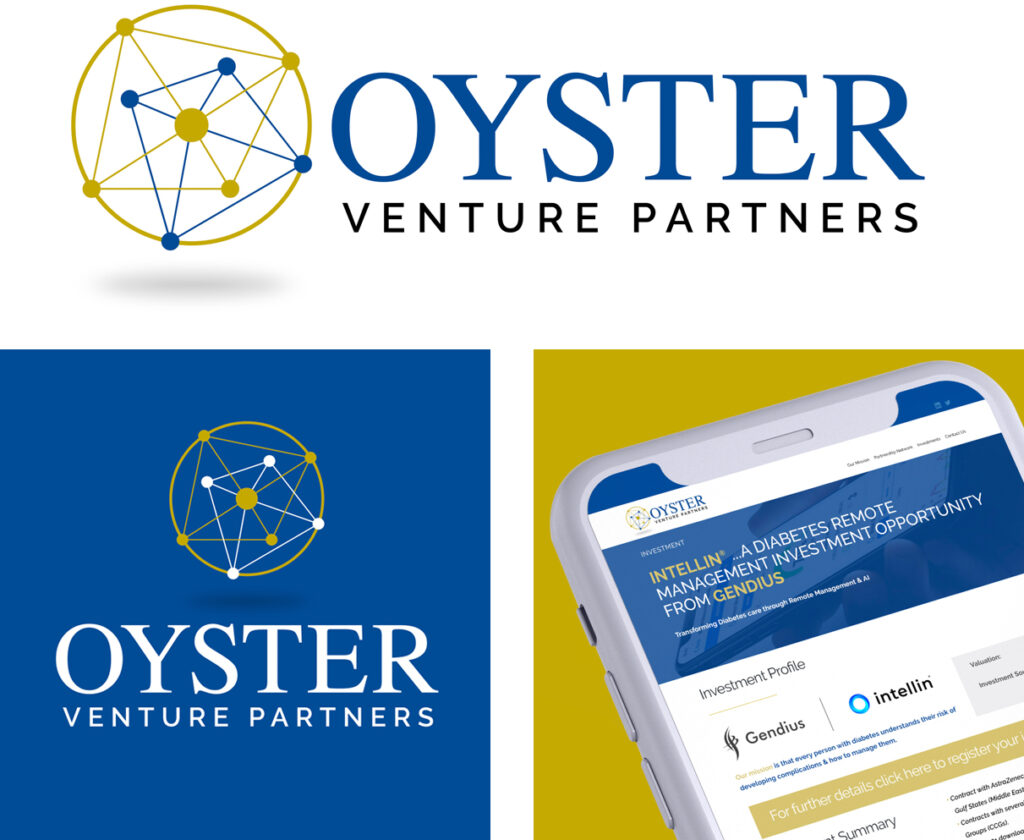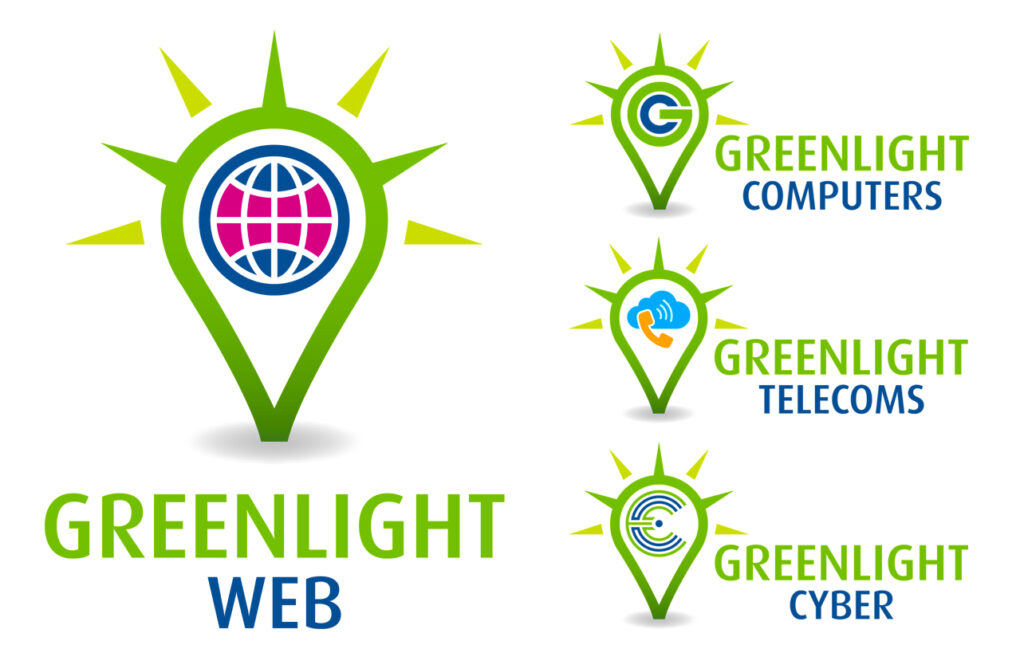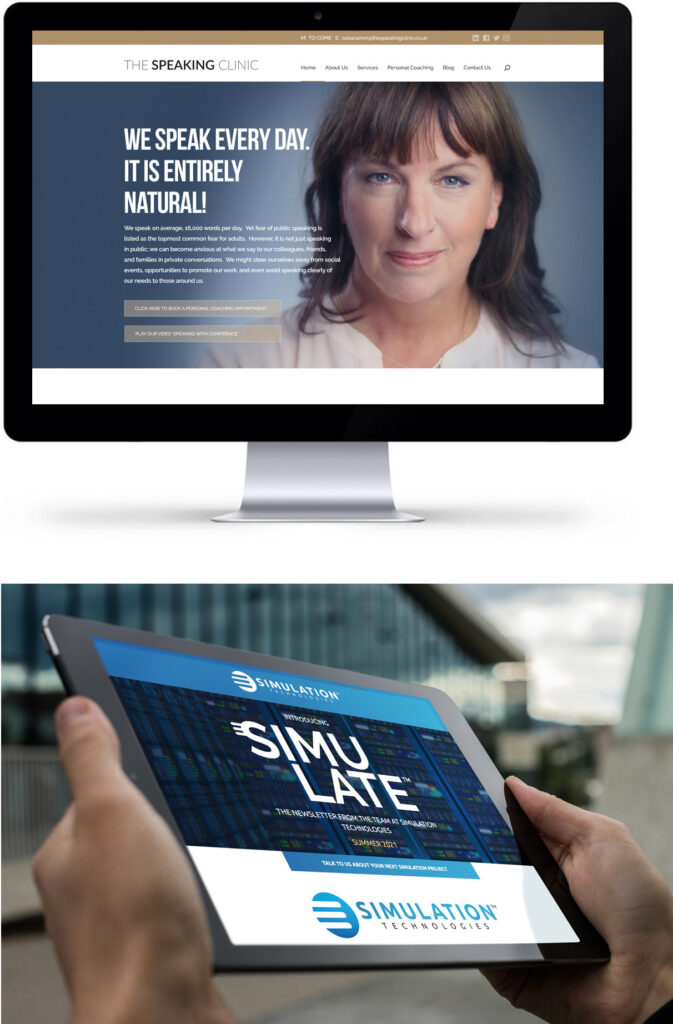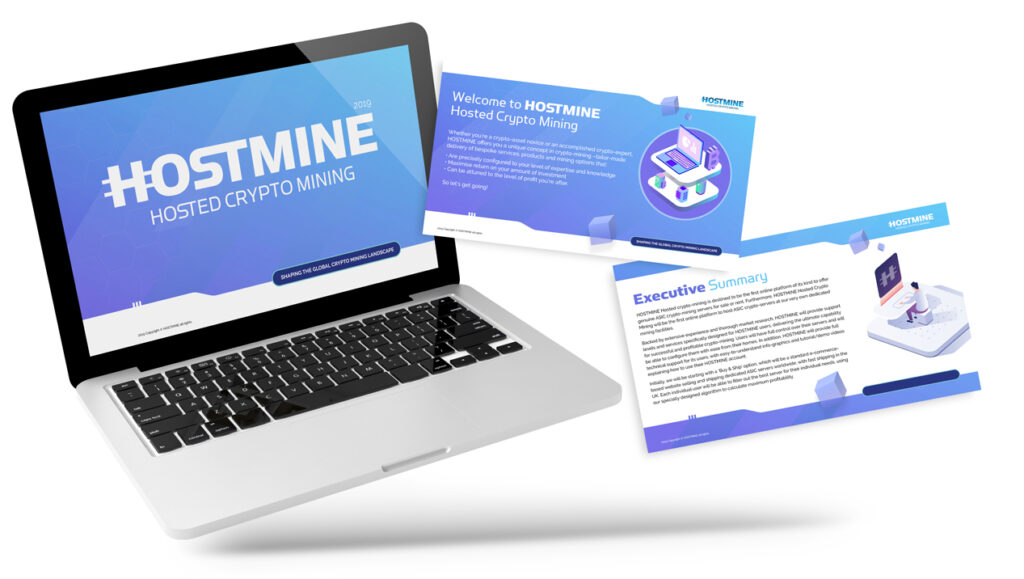What is Branding? And why you should care.
Business Branding and Brand Development and why it’s important for businesses no matter the size.
‘Branding’ from a business perspective, is of course a huge topic of conversation and has existed for centuries going back to times when simple brands were used purely to determine ownership. In the modern era and in its most stripped back form, we can characterise the word ‘Brand’ as being the ‘defining’ or ‘unique’ feature that sets a business apart from its competitors. In other words, your brand defines the unique way you do what you do and is the story you tell your audience at every communication touchpoint.
The visual look and feel of your brand is defined by your ‘brand logo’, your palette of colours and the ‘tone of voice’ of your messaging, all coming together to create your unique ‘brand identity’. This identity is then how your customers identify your business and its products and services. It is how they recognise and experience what you do and importantly, it is where your customers create and store ‘Brand Equity’ – perceived value to the benefit of the brand’s customers, its owners and shareholders.
Succesful Brand Design
A strong brand is more than just a logo – brand values are reflected in everything that you, as the brand owner does. From your tone of voice and how you present yourselves, the design of your business cards and marketing collateral, through to your website design and the implementation of your advertising and marketing strategy. Every touchpoint leaves a lasting impression with your audience.
Over time your brand equity will grow as more of your audience associate the quality of what you do with your brand identity. This is why successful brands rarely change their Identity, only tweaking here and there to align with modern trends or to adapt to new technologies and platforms. It could be argued for a successful brand, ‘it is less important what the brand visually looks like, but more the consistency of how the brand presents itself to its audience over time’, that encourages growth and builds success.
For new business start-ups, brand equity is non-existent, so visual presentation and how your brand is perceived in the early days by your audience and potential customers, is hugely important. When developing your brand, you should consider the following key elements:


Successful Logo Design
for your Brand
Your logo (logotype) is a graphic mark, emblem, or symbol used to aid and promote public identification and recognition. It may be an abstract design, or a simple typographical design based on the name it represents. Whatever design elements you adopt, to your audience, your logo visually encapsulates everything that your business stands for.
For a successful logo to be created, there must be a clear definition of the concept and values of the brand as well as an understanding of the consumer or target group and importantly, the sector that that group occupies.
The logo design process includes research, conceptualisation and the design of a range of logo options to be presented for discussion and selection. Designs can be further refined and then tested across products and applications – leading to the adoption of a logo design that best reflects your brands aims and values going forward.
The colour palette

The strapline or Tagline


Tone of voice and vocabulary

The digital brand
Over time, the way we communicate with our audience has changed. Digital applications and the need for fast page upload speeds have influenced trends and resulted in the simplification of logo design and graphic design in general. Logos have become simpler, moving away from complicated three-dimensional design to follow a more ordered and structured design philosophy, using flat bold colours and simplified graphic shapes.
Social media platforms now dictate the format of logo design, the modern logo is adaptable, working equally well in portrait and landscape formats – in mono as well as in full colour. Logos must be legible across a range of sizes, from large digital presentations to the smallest of on-screen appearances. The modern logo is lean, bold and agile.

Brand Imagery
A roadmap to brand success
To help assist you on your journey to achieving brand success, it is advisable to create a series of statements, guides and goals that over time will give direction to yourself and others associated with your brand as to why you are doing what you are doing. Focus points that define you operating best practices.
An overview of how you intend to achieve your vision.
The solutions, and expectations you communicate to customers and prospects.
The core value you base your brand around. Integrity, quality, and eco-friendliness are just some examples.
Who you want to communicate with.
The reason why customers should choose your brand over others.
The brands most likely to win over your customers. Even if they aren’t direct competitors.
Conditions or circumstances that allow your brand to offer better or cheaper solutions.
Your brand’s style of communication. The words, vibe (fun, personable, humorous…)
The principles, code of conduct, and work ethics in the internal environment.
An overview of how you intend to achieve your vision.
The solutions, and expectations you communicate to customers and prospects.
The core value you base your brand around. Integrity, quality, and eco-friendliness are just some examples.
Who you want to communicate with.
The reason why customers should choose your brand over others.
The brands most likely to win over your customers. Even if they aren’t direct competitors.
Conditions or circumstances that allow your brand to offer better or cheaper solutions.
Your brand’s style of communication. The words, vibe (fun, personable, humorous…)
The principles, code of conduct, and work ethics in the internal environment.
Summary of how working with a Branding Agency can elevate your Brand and Business
In essence, working with a digital/branding agency like Greenlight Web, gives you an excellent opportunity to explore a range of design directions for your brand and your brand logo. Our strategic expertise, creative prowess, and invaluable market insights will help define a brand direction for your business that’s perfectly aligned with your vision and long-term goals and aspirations.
Our designers aim to create brand design solutions that not only captivate visually, but also strike a profound emotional chord with intended audiences, ultimately resulting in heightened brand allegiance and enhanced profitability.

















